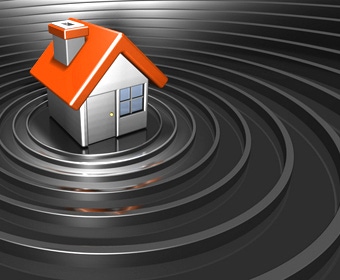Small cell vendor IP Access has unveiled a new solution, called nanoConverge, which provides mobile operators with a single converged 2G and 3G small cell Radio Access Network. The firm also plans to add LTE capability and also enable operators to run larger volumes of 2G, 3G and 4G small cells from a single converged nanoGateway next year.
October 26, 2011

Small cell vendor IP Access has unveiled an offering which provides mobile operators with a single converged 2G and 3G small cell Radio Access Network. The firm also plans to add LTE capability to the nanoConverge infrastructure next year.
The solution is aimed at mobile carriers who will deploy the solution in home, office or metro environments.
The firm said that there were a number of drivers that led to the strategy to provide a converged solution. The Femto Forum, of which IP Access is one of the founding members, had recently commissioned research which found that consumers often have problems with mobile coverage at home. Although the percentages varied according to market, on average five to six per cent of users have no mobile reception at home, while another 10 per cent have occasional problems.
“Coverage is a problem for carriers,” explained Chris Cox, director of marketing at IP Access. “The walls and the construction of buildings cause issues for them. No network is perfect. Even in Japan, which has one of the best networks in the world, there is still a requirement for improved coverage and the problem is much worse in other countries.”
He added that there is another reason that mobile operators would turn to such a solution is borne out of the trend of consumers moving from using primarily voice on their networks to data via smartphones and other devices. Cox said that data usage is heavier when consumers are indoors.
“So where people are using large amounts of data or voice – you can actually take the traffic off the macro network and onto the small cell network,” he said.
“This fixes the coverage problems but also helps to offload the traffic off the macro network. And as you offload traffic from heavy users, you free up network for everybody else and the quality of coverage improves for everybody.”
The solution will be launched globally and provides data speeds of up to 14.4Mbps on 3G networks.
About the Author(s)
You May Also Like








.png?width=300&auto=webp&quality=80&disable=upscale)


_1.jpg?width=300&auto=webp&quality=80&disable=upscale)


.png?width=800&auto=webp&quality=80&disable=upscale)